
Meet Nevena — Online English Teacher
Teaching English online opens up a world of possibilities—bridging cultures, creating flexible work environments, and offering a dynamic space for professional growth.
In this article, we step into the virtual classroom with Nevena, an experienced ESL teacher who has built a successful career connecting with students from around the globe. With years of experience under her belt, she has shared her best practical tips and strategies for anyone looking to start or grow their own online teaching career.
Let’s explore the strategies and insights that have helped Nevena build a fulfilling career in online ESL teaching!
Stepping into the virtual classroom
My name is Nevena, and I’ve been immersed in the world of English language education for an incredible decade. Over this time, I’ve delved into the realms of ESL and a variety of other English-related subjects, including Literature, IELTS, and Cambridge exam preparation classes. My current students, a vibrant mix of both young learners and experienced adults, predominantly come from Southeast Asia – China, Taiwan, and South Korea.
But how did I find myself on this captivating journey of online teaching, you may ask?
It all began when I was living in New York City, where the icy grasp of winter made the thought of dragging myself out of bed for early morning school commutes unappealing. And then, right in the midst of those freezing dawns, I took a leap and applied for my very first online teaching job.
Little did I know it would become the transformative journey of my teaching career!
Preparation and organization is key
However, the online teaching world, while enticing, requires steadfast discipline and meticulous organization. To ensure a seamless transition between lessons, I’ve come up with a structured daily routine I try my best to follow.
Every evening, I prepare for my morning classes by dedicating time to lesson planning and tailoring materials to the individual needs of my students. I normally either use a textbook or prepare PowerPoint presentations to suit individual students’ preferences and requests.
When preparing for classes with young learners – preschool children, in particular, the process is often more time-consuming as it may require you to prepare a variety of teaching aids, such as outfits for dramatic play and learning, looking up relevant songs and videos online, gathering toys, and other random household items to show in class.
Moreover, creating an inviting workspace is vital for both teacher and student engagement. Lighting, background aesthetics, and an organized workspace can significantly impact the quality of your lessons. Especially in classes with young learners, where props like flashcards, toys, and everyday objects are essential, everything needs to be labelled and organized – ready for my very first class in the morning.

Lesson structure and setting the tone
My classes typically begin as early as 6am, which I consider a wonderful opportunity to kick-start my day with a positive and energetic learning experience. Individual and group lessons come to life, ranging from 30-minute sessions with young learners (2-4 year old children) to immersive 2-hour classes with high school students and adults, all designed to cater to the specific needs and goals of my students.
Every lesson starts with a warm-up exercise, a fun activity used to ignite curiosity and set the tone for an engaging and productive lesson. Whether it’s a thought-provoking quote, a captivating picture, a spirited game, or even a song, the warm-up fosters an inviting and welcoming atmosphere, ensuring that learners are eager and ready to dive into the exciting world of language learning that lies ahead.
Adapting to meet student needs
Moreover, the methods I use in my virtual classroom are as diverse as the individuals seated on the other side of the screen. These methods depend on a number of factors, including student age and proficiency level, class size, cultural background, and the specific learning objectives of each lesson.
For instance, students from China often thrive with the Presentation-Practice-Production (PPP) teaching method, a structured approach that mirrors their familiarity with presentations and lectures in their academic experiences. It allows them to grasp the theoretical foundations of a concept before venturing into its practical application.
In contrast, some European students, characterized by their self-motivation and reflective learning styles, may resonate more with a Test-Teach-Test (TTT) approach. TTT challenges them to assess their knowledge, learn actively, and apply newfound skills.
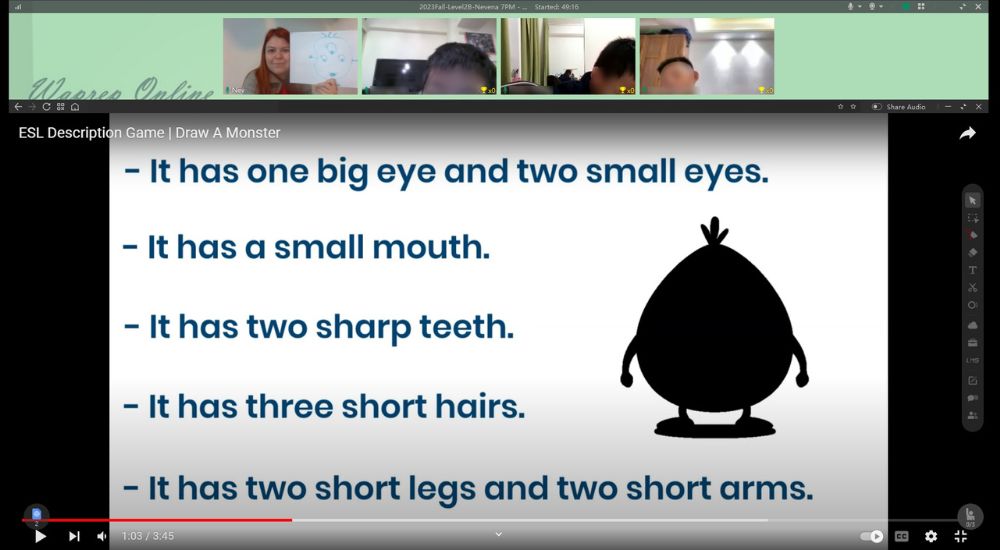
However, when it comes to the youngest learners of my virtual classroom, task-based learning takes center stage. My youngest students absolutely love interactive activities such as storytelling with colorful props, singing and dancing to different TPR (total physical response) activities, and even going on virtual scavenger hunts where we explore new words and concepts together.
This approach empowers them to connect their language studies with their everyday lives, making the learning experience not just practical but profoundly meaningful for their everyday use outside of the classroom.

Navigating expectations and challenges
While my immersive teaching experience spans a decade and encompasses a diverse student base, the path to successful online teaching hasn’t been without its hurdles. Parents from Southeast Asia often have high expectations and frequently ask for specific information, such as the number of words their young learners will learn and the timeline for achieving English proficiency. Addressing these inquiries involves setting clear, achievable goals and maintaining regular communication to manage expectations effectively and keep parents informed about their child’s progress.
Furthermore, the world of online teaching often demands adaptability to meet students’ diverse needs, such as rescheduling requests, missed classes, or lateness. The importance of strong student-teacher relationships plays an important role here, as fostering trust and open communication is a must. Yet, even with the best intentions and well-planned lessons, technical problems can occasionally disrupt the online classroom, from unreliable internet connections to software glitches.
Being well-prepared to troubleshoot and having spare equipment in place minimizes disruptions and allows for a quick resolution of any technical issues that may arise, even if that means having multiple Wi-Fi routers, headsets, or even laptops.
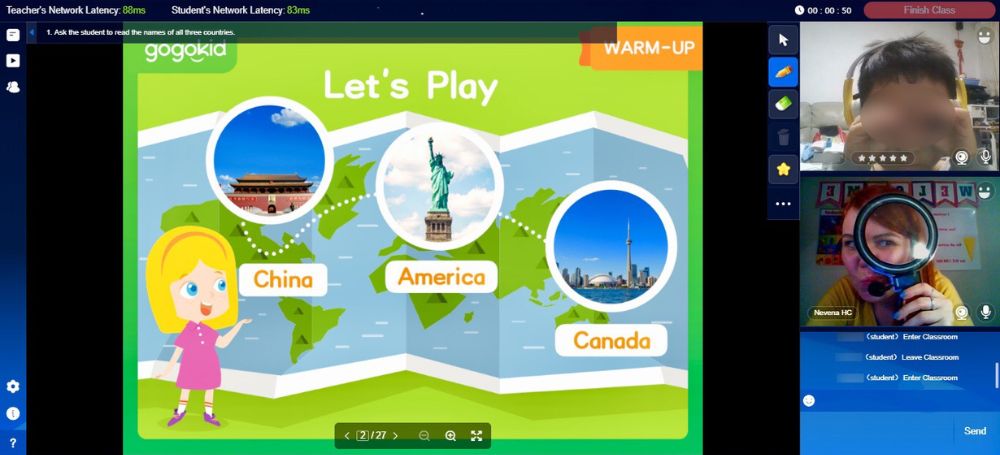
Key tips for online teaching success
Additionally, here are some key tips to help you navigate the virtual classroom effectively:
💻 Tech-savvy preparation: Equip yourself with a reliable internet connection, quality headset, and backup devices. Familiarize yourself with the teaching platform’s features and be prepared to troubleshoot any technical issues swiftly. Ideally, have an account on more than one platform in case things go wrong and you or your students can’t log in.
🖼️ Engaging visuals: Create an inviting virtual classroom with well-lit, clutter-free surroundings. Especially with young learners, use colorful decorations that are age-related and relevant to the class.
For example, consider hanging a world map to spark their curiosity about geography or educational posters that showcase interesting facts about animals and nature. Ideally, have a reward chart to encourage concentration and positive behaviour in class.
📹 Demo videos: Consider creating demo or introduction videos for prospective students and employers. By providing a virtual tour of your classroom setup, you offer prospective students and employers a glimpse into your teaching environment, highlighting your commitment to creating an engaging and visually appealing learning space.
Beyond the physical setup, these videos allow you to demonstrate your teaching style, enthusiasm, and expertise. Expressing your passion for teaching and your ability to connect with students through video can leave a lasting impression, setting you apart from other candidates during the job application process. It’s an opportunity to convey your teaching philosophy, your dedication to student success, and your adaptability in the online teaching environment.
🔄Adaptability: Be prepared to adjust your teaching methods and materials based on your students’ age, proficiency level, and cultural background. Get to know your students first and then tailor your approach to meet their specific learning styles as well as their specific language needs.
🗣️ Effective communication: Establish clear expectations with students and parents, outlining learning objectives, lesson frequency, and any assignments. Moreover, setting achievable language goals is crucial, as it provides a roadmap for students’ progress and keeps both students and parents informed about what to expect.
Consider conducting regular progress tests or assignments and consistently sharing feedback on a student’s performance, strengths, and areas for improvement. This helps students stay engaged and informed, fostering a supportive learning environment.
The importance of certification for online teachers
Finally, as I reflect on my journey as an online ESL teacher, I must stress the significance of proper teacher training and certification. A teaching certificate not only signifies your commitment to professional development but also enhances your qualifications and credibility, making you a more attractive candidate to potential employers in the competitive online teaching job market.
Through my teacher training, I gained a deep understanding of language acquisition, effective teaching methodologies, and the ability to create engaging and interactive lessons tailored to my students’ needs, ultimately contributing to my success in the teaching world.
Final thoughts
Teaching English as a second language online is a rewarding journey filled with opportunities to connect with students worldwide. While challenges may arise, they can be overcome with the right mindset and strategies. By embracing technology, fostering cultural sensitivity, and continuously improving your teaching methods, you can build a successful and fulfilling career from the comfort of your own home.
But remember — this journey is not merely a profession; it’s an opportunity to connect, empower, and inspire learners globally, making it a rewarding and fulfilling career path.
Ready to start your teaching career? Get your professional certification:
To successfully teach English overseas and online, just like Nevena, you’ll need the right training and certification.
With our award-winning and accredited 120-hour TESOL/TEFL course, you’ll develop the necessary skills needed to launch your professional teaching career.
If you’re looking to excel in the virtual classroom, consider adding a specialist certification to your foundational TESOL/TEFL qualification.
Enrolling in our 80-hour Teaching English to Online Learners (TEOL) course is a popular way to further develop your skills and strengthen your qualifications for a successful online teaching career.
.

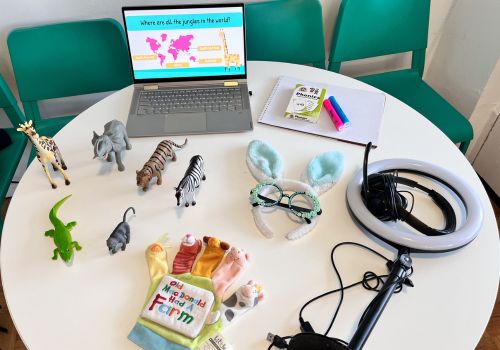

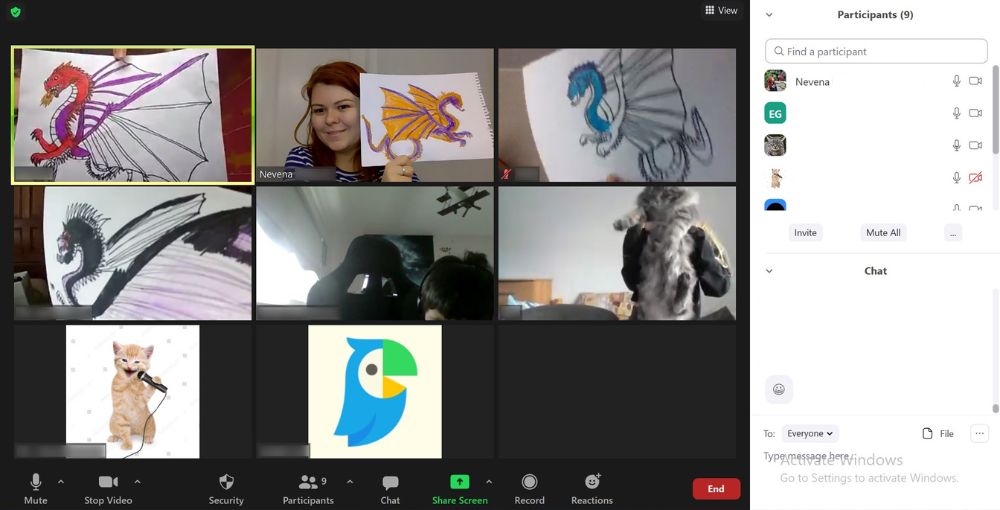
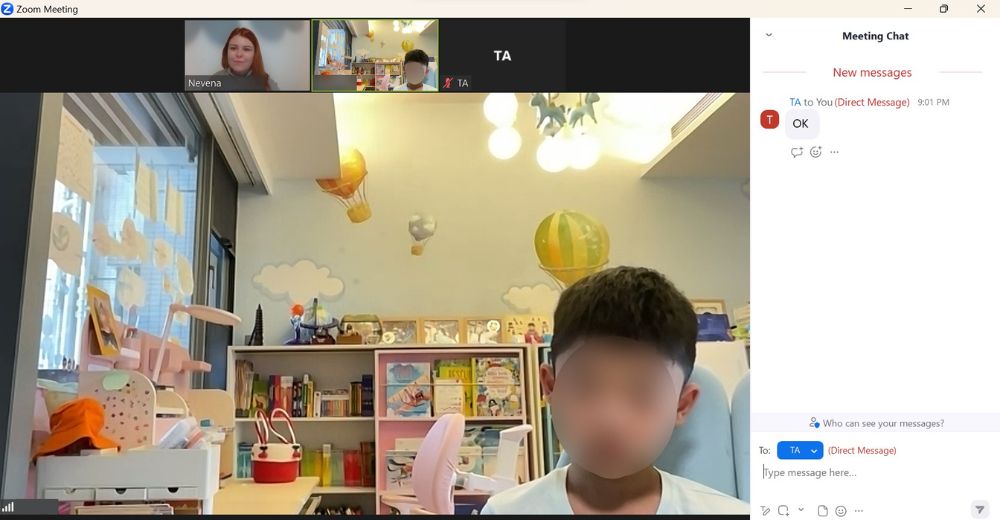



I have at last finished my course. Now Im so excited to start a job, teaching to enthusiastic leaners.